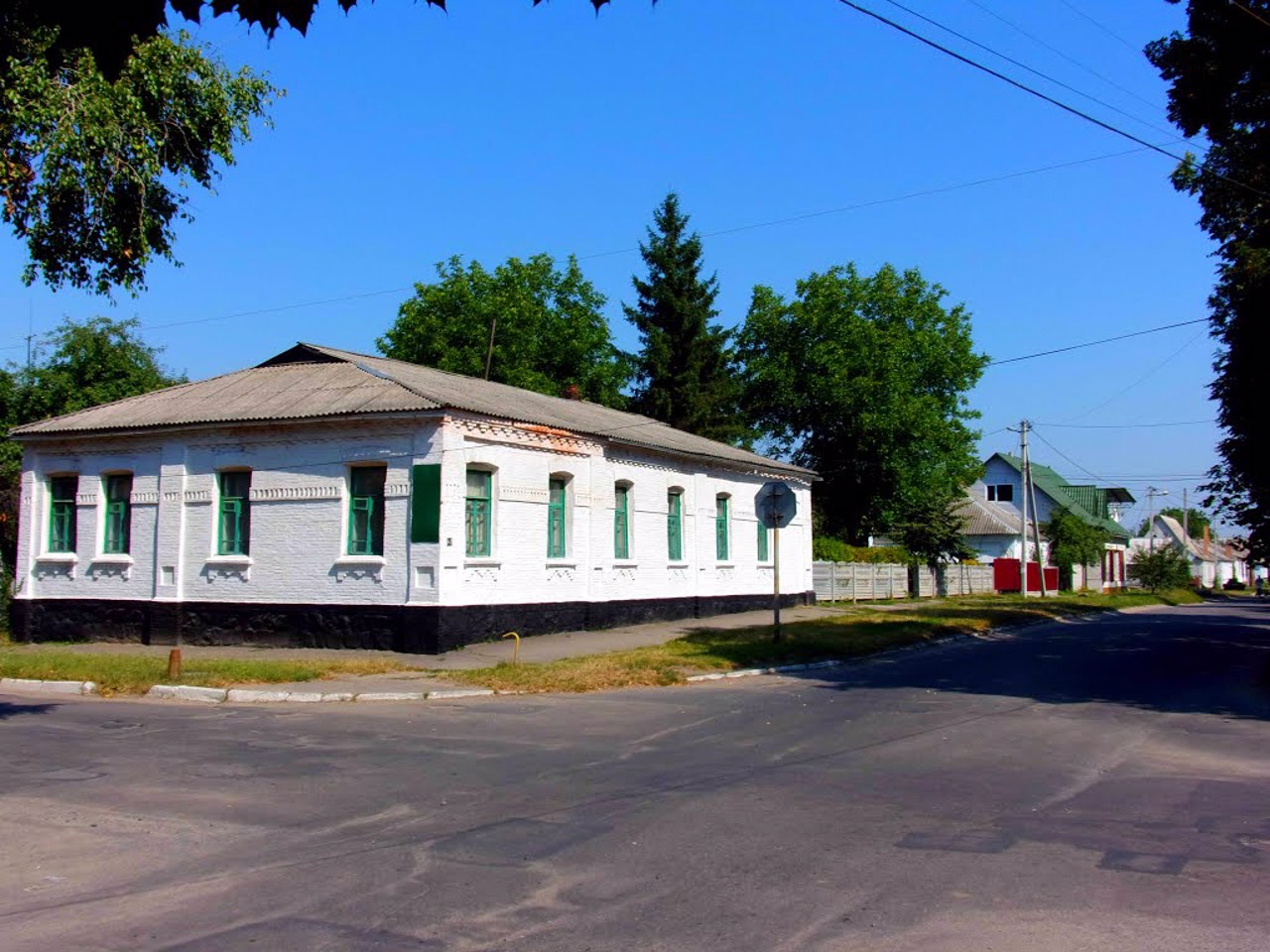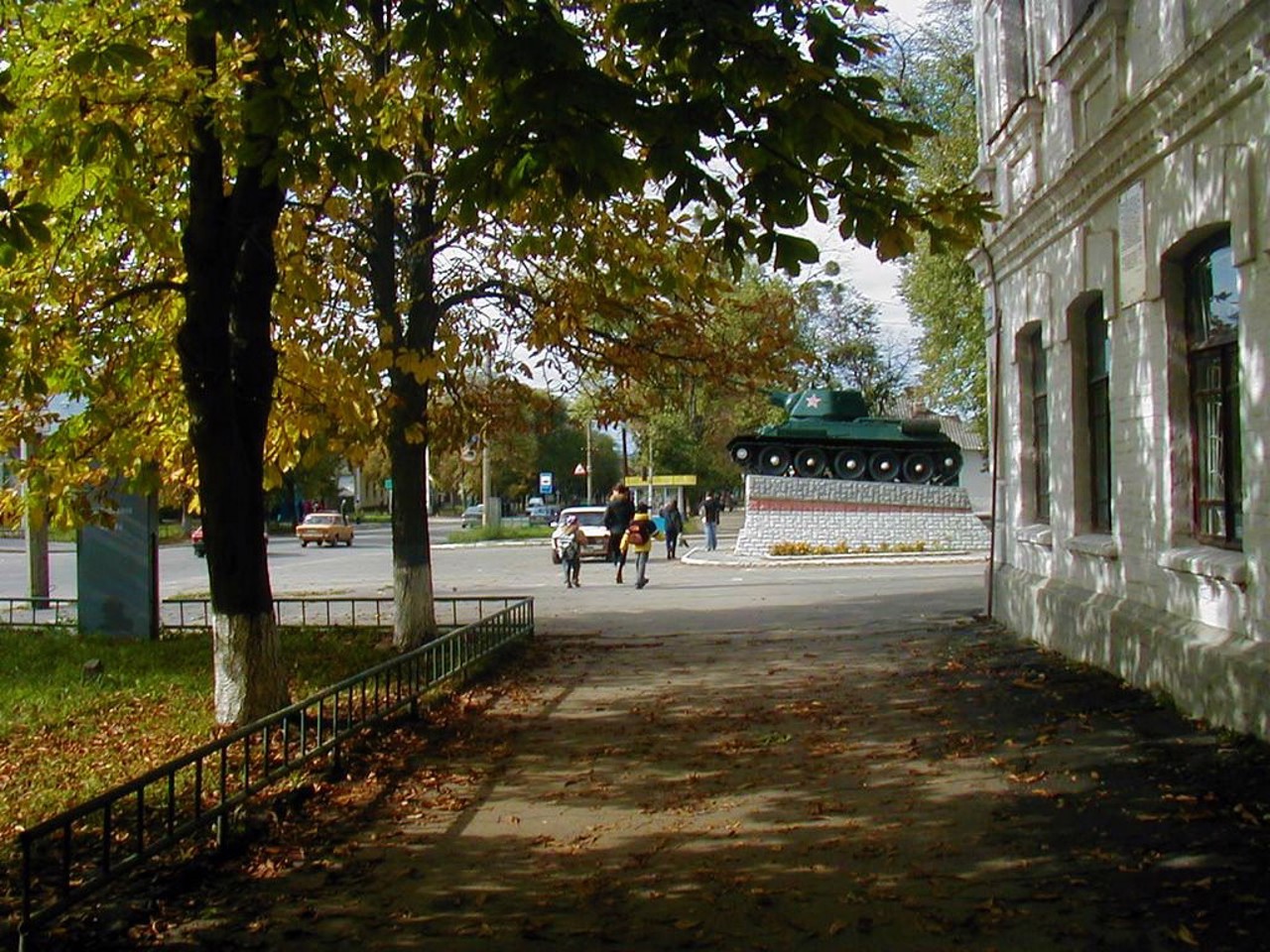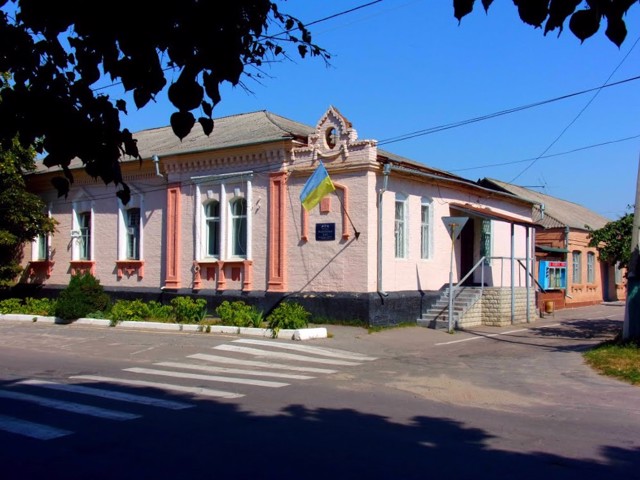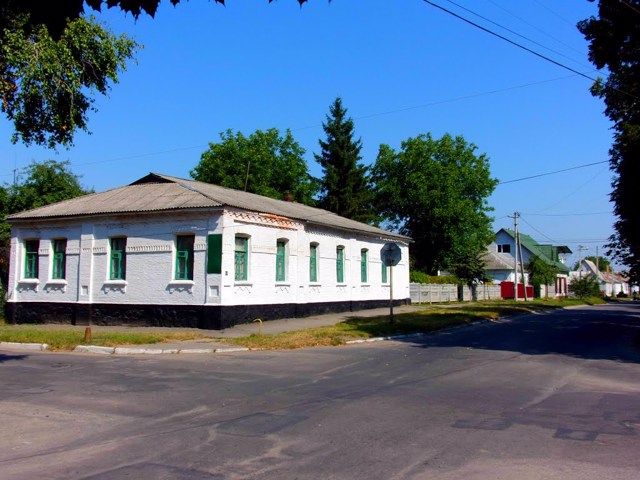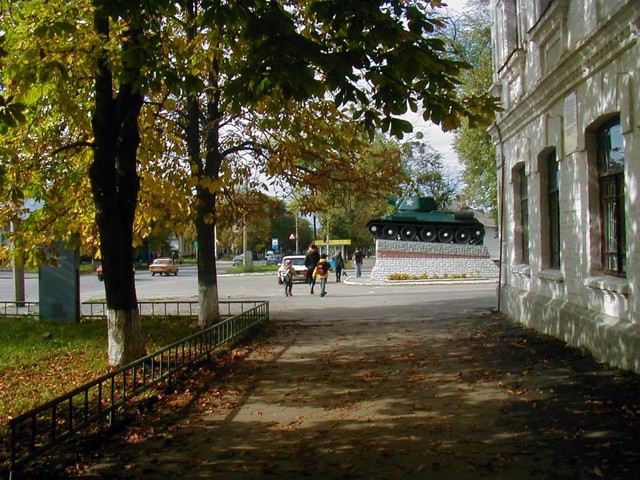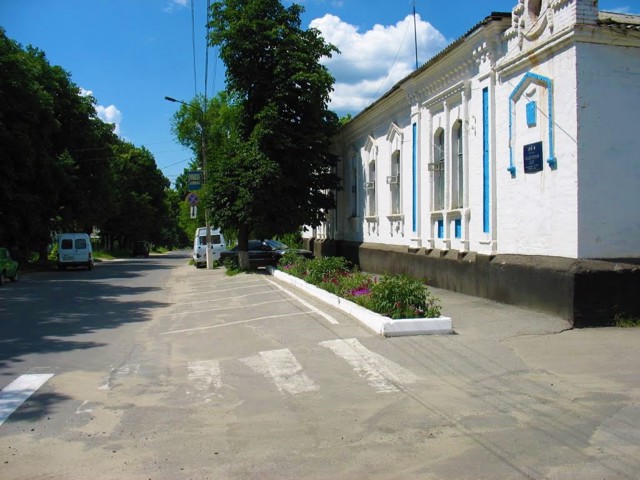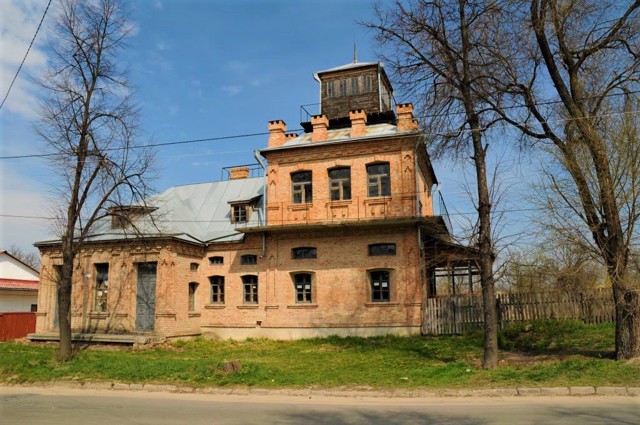Functional temporarily unavailable
Zvenyhorodka
Travel guide online Zvenyhorodka
General information about Zvenyhorodka
The ancient city of Zvenyhorodka is located on the river Hnyliy Tikych, between Cherkasy and Uman.
The name is connected with the legend about the ancient Rus Zvenyhorod, which stood on a high mountain 3 kilometers from the current city and where there was a bell tower from which bells were rung in the event of the appearance of enemies.
After the Tatar-Mongol invasion, the city was mentioned for the first time in 1394, when the Lithuanian prince Vytautas asserted his power over the Kyiv principality. It was repeatedly destroyed by the Tatars, in 1545 it was rebuilt and was named Zvenyhorodka. During the Polish period, the inhabitants took part in the Liberation War, the uprisings of the Haydamaks, and the Koliyivshchyna. At the same time, city fortifications were erected....
The ancient city of Zvenyhorodka is located on the river Hnyliy Tikych, between Cherkasy and Uman.
The name is connected with the legend about the ancient Rus Zvenyhorod, which stood on a high mountain 3 kilometers from the current city and where there was a bell tower from which bells were rung in the event of the appearance of enemies.
After the Tatar-Mongol invasion, the city was mentioned for the first time in 1394, when the Lithuanian prince Vytautas asserted his power over the Kyiv principality. It was repeatedly destroyed by the Tatars, in 1545 it was rebuilt and was named Zvenyhorodka. During the Polish period, the inhabitants took part in the Liberation War, the uprisings of the Haydamaks, and the Koliyivshchyna. At the same time, city fortifications were erected.
Since 1796, Zvenyhorodka, a county town in Russia, has been one of the centers of Chumat fishing. Industry began to develop after the opening of the Odesa-Chisinau railway. The activity of the scientist-philologist Agatangel Yukhymovych Krymskyi is connected with the city.
In Soviet times, the "Radon" sanatorium was opened on the local mineral waters. The "Vodyaniki" ski complex was opened nearby.
Старовинне місто Звенигородка розташоване на річці Гнилий Тікич, між Черкасами та Уманню.
Назва пов'язана з легендою про давньоруський Звенигород, що стояв на високій горі в 3 кілометрах від нинішнього міста і де була дзвіниця, з якої дзвонили в дзвони у разі появи ворогів.
Після татаро-монгольської навали вперше місто згадується в 1394 році, коли литовський князь Вітовт утверджував свою владу над Київським князівством. Неодноразово руйнувалося татарами, в 1545 році було відбудоване наново й отримало назву Звенигородка. В польський період жителі брали участь у Визвольній війні, повстаннях гайдамаків, Коліївщині. Тоді ж були зведені міські укріплення.
З 1796 року Звенигородка - повітове місто в складі росії, було одним із центрів чумацького промислу. Промисловість п ...
Старовинне місто Звенигородка розташоване на річці Гнилий Тікич, між Черкасами та Уманню.
Назва пов'язана з легендою про давньоруський Звенигород, що стояв на високій горі в 3 кілометрах від нинішнього міста і де була дзвіниця, з якої дзвонили в дзвони у разі появи ворогів.
Після татаро-монгольської навали вперше місто згадується в 1394 році, коли литовський князь Вітовт утверджував свою владу над Київським князівством. Неодноразово руйнувалося татарами, в 1545 році було відбудоване наново й отримало назву Звенигородка. В польський період жителі брали участь у Визвольній війні, повстаннях гайдамаків, Коліївщині. Тоді ж були зведені міські укріплення.
З 1796 року Звенигородка - повітове місто в складі росії, було одним із центрів чумацького промислу. Промисловість почала розвиватися після відкриття залізниці Одеса-Кишинів. З містом пов'язана діяльність вченого-філолога Агатангела Юхимовича Кримського.
В радянські часи на місцевих мінеральних водах був відкритий санаторій "Радон". Неподалік відкрито гірськолижний комплекс "Водяники".
Сплануй своє перебування у Zvenyhorodka
What to see and where to go in Zvenyhorodka
Tourist attractions and museums of Zvenyhorodka
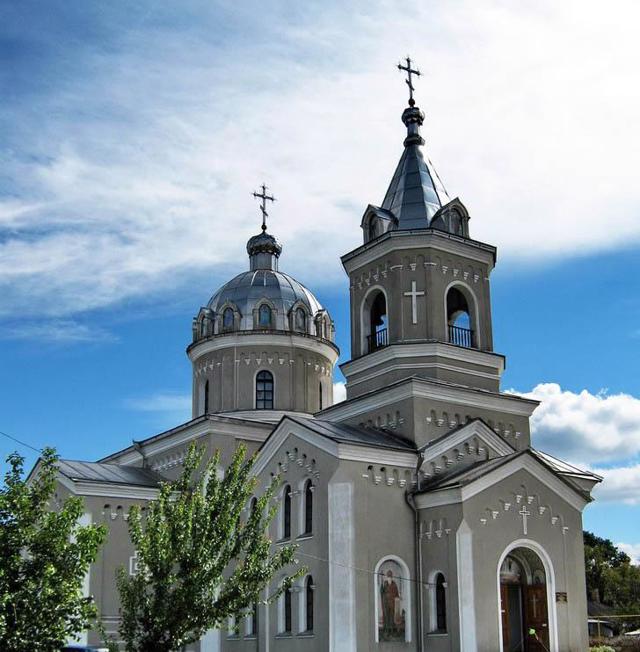
Holy Transfiguration Cathedral
Temple
The Holy Transfiguration Cathedral in Zvenyhorodka was built in 1820, but in 1936 it was destroyed by the Bolsheviks. A nearby street was paved with broken bricks from the cathedral.
In 1992, the restoration of the Transfiguration Cathedral began, which lasted six years. The project of the cathedral was developed by the architect Volodymyr Necharov according to old drawings and photographs. The new temple became an exact copy of the destroyed one.
Reviews Zvenyhorodka
Geographical information about Zvenyhorodka
| {{itemKey}} | {{itemValue}} |
|---|---|
| Region |
Cherkasy |

